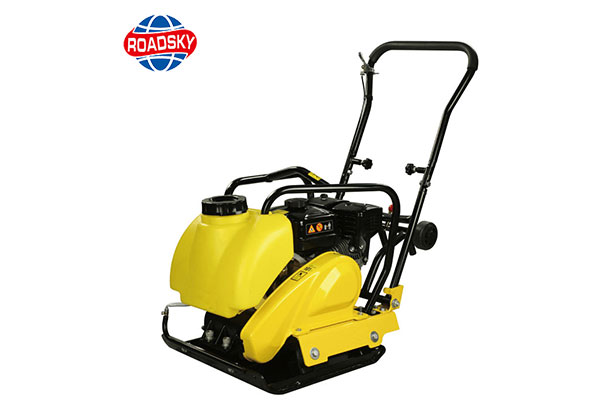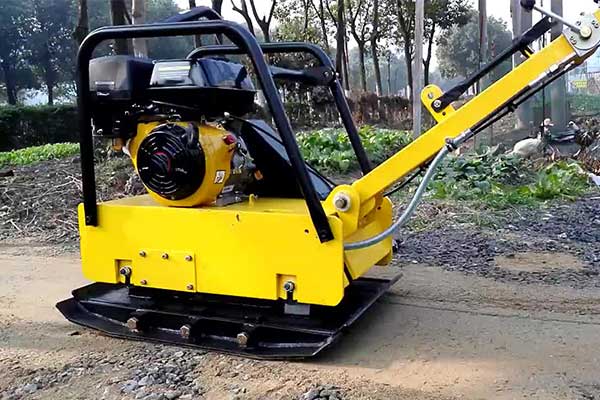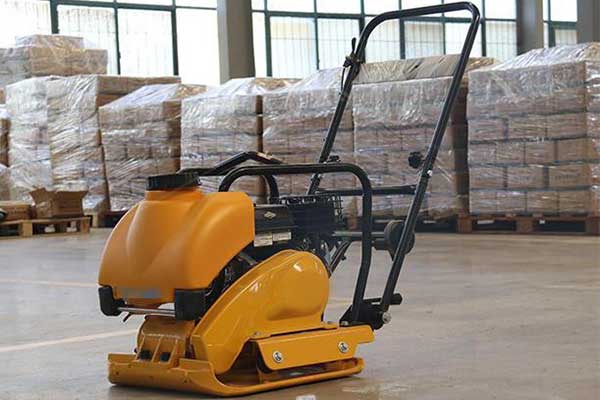What Size Plate Compactor Do I Need?
In the realm of construction and landscaping, the plate compactor stands as a quintessential tool for achieving solid, flat surfaces. Whether you’re working on a driveway, patio, or sidewalk, choosing the right size plate compactor is crucial for efficiency and effectiveness. But how do you determine the ideal size for your project? Let’s delve into the factors that influence this decision.

Understanding Plate Compactors:
Before diving into sizes, let’s grasp the basics. Plate compactors, also known as vibratory compactors, are machines designed to compress soil, gravel, or asphalt. They feature a heavy flat plate that vibrates rapidly, exerting pressure to compact the material beneath it. This process eliminates air voids, enhancing the stability and durability of the surface.
Factors to Consider:

- Project Scale: The size of your plate compactor should align with the scale of your project. For smaller residential tasks like compacting a backyard patio or garden pathway, a smaller plate compactor would suffice. Conversely, large-scale commercial projects demand larger plate compactors capable of covering more ground efficiently.
- Surface Type: Consider the type of surface you’re working on. For compacting granular materials like gravel or sand, a smaller plate compactor may be adequate. However, for compacting asphalt or cohesive soils, you’ll likely need a larger, more powerful machine to achieve optimal results.
- Compaction Depth: The depth to which you need to compact the material is another crucial factor. Deeper compaction requires more force, which often necessitates a larger plate compactor. Assess the depth requirements of your project to determine the appropriate size.
- Maneuverability: If your project involves tight spaces or intricate patterns, maneuverability becomes essential. In such cases, opting for a smaller plate compactor allows for easier navigation around obstacles and tighter corners.
- Operator Comfort: Operating a plate compactor can be physically demanding, especially for extended periods. Choosing a size that balances power with operator comfort is vital for preventing fatigue and ensuring productivity.
Choosing the Right Size:

Now that we’ve outlined the key considerations, let’s simplify the selection process:
- Small Plate Compactors (Less than 20 inches): Ideal for smaller residential projects, such as patios, pathways, and compacting trenches. They offer maneuverability and ease of use in tight spaces but may lack the power for larger-scale applications.
- Medium Plate Compactors (20 to 25 inches): Versatile machines suitable for both residential and light commercial projects. They strike a balance between size and power, making them suitable for compacting a variety of materials to moderate depths.
- Large Plate Compactors (More than 25 inches): Designed for heavy-duty commercial and industrial use. These machines provide the power and coverage necessary for compacting large areas and achieving greater compaction depths.
Conclusion:
Selecting the right size plate compactor is essential for achieving optimal results in your construction or landscaping project. By considering factors such as project scale, surface type, compaction depth, maneuverability, and operator comfort, you can make an informed decision. Whether you opt for a small, medium, or large plate compactor, ensure it aligns with the specific requirements of your project for efficient and effective compaction.

